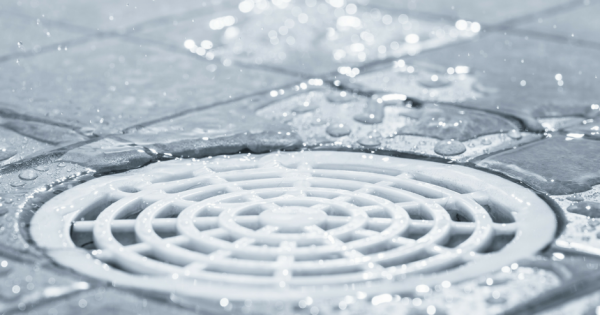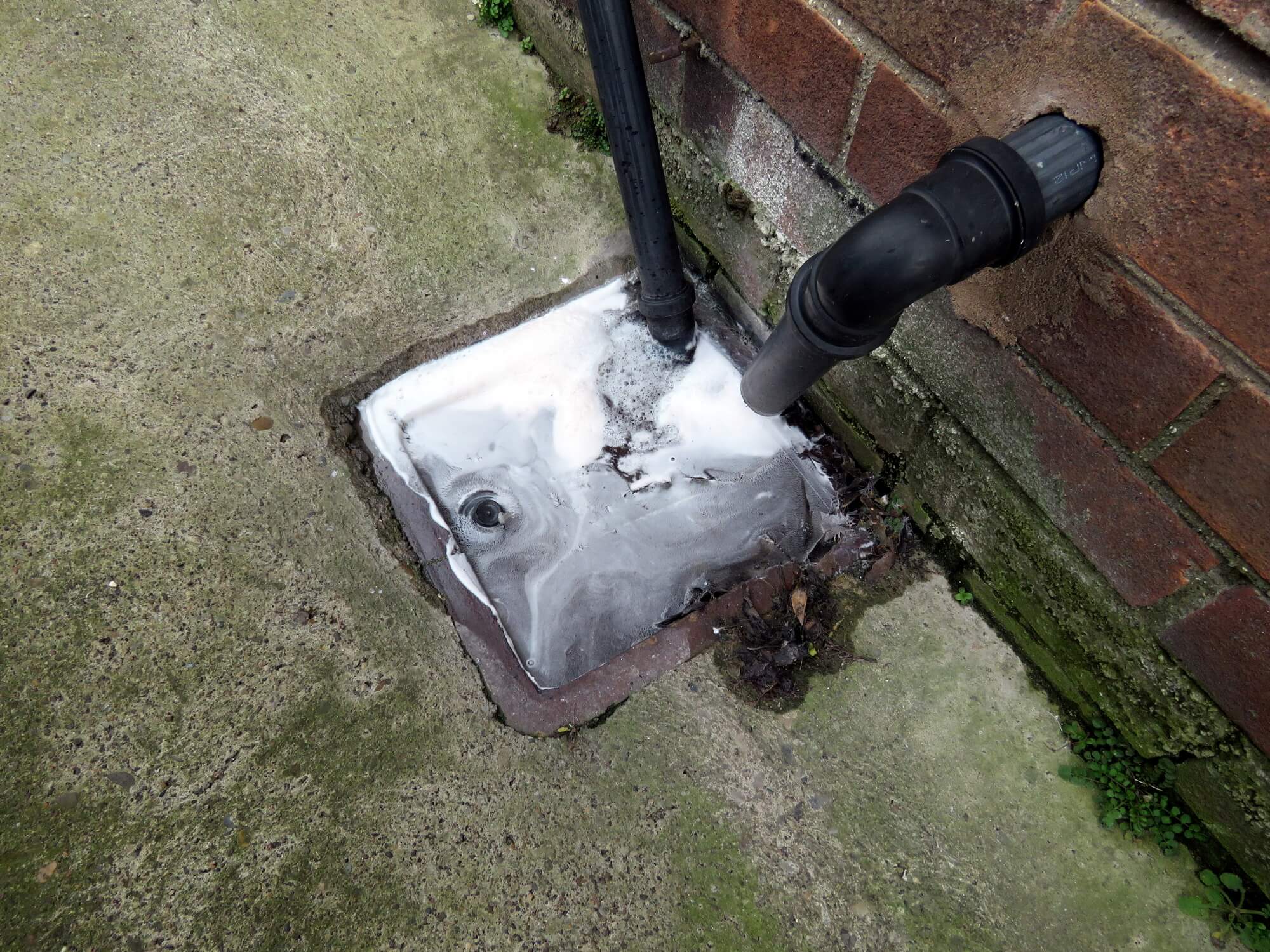Ways to Tackle a Blocked Drain On Your Own Prior to Seeking Professional Help
Ways to Tackle a Blocked Drain On Your Own Prior to Seeking Professional Help
Blog Article
The content underneath involving What I learned from trying to deal with a clogged drain is rather stimulating. Check it out for yourself and see what you think of it.

Introduction
Handling a blocked drainpipe can be a discouraging experience, interrupting everyday activities and potentially triggering damages to your property. Nevertheless, prior to reaching out to plumbing specialists, there are steps you can require to deal with the problem on your own. In this guide, we'll check out DIY remedies and preventive measures to take on an obstructed drainpipe properly.
Recognizing the Issue
The primary step in attending to an obstructed drainpipe is recognizing the indications. Sluggish water drainage, gurgling audios, foul odors emanating from drains pipes, or water backing up prevail signs of an obstructed drainpipe. Recognizing these signs early can help prevent additionally complications.
Picking the Right Plumbing Service
When choosing a plumbing solution, think about aspects such as experience, licensing, and client evaluations. Select a respectable plumbing with a track record of top quality craftsmanship and clear prices methods.
Expense Considerations
The expense of expert drainpipe cleaning company can vary depending upon the extent of the obstruction and the plumbing's prices. Demand quotes from numerous companies and inquire about any kind of added fees to make sure transparency and prevent surprises.
Security Precautions
When attempting do it yourself drain cleaning, focus on safety. Put on protective gloves and eyeglasses to prevent contact with harmful chemicals or germs. Never blend different drain cleaning items, as this can generate hazardous fumes.
Instance Researches
Real-life examples show the efficiency of do it yourself options and the importance of prompt specialist intervention in solving drainpipe obstructions.
Common Sources Of Blocked Drainpipes
Recognizing the elements that add to drain blockages is necessary for reliable resolution. Usual culprits consist of hair, soap scum, grease, food debris, and international things like hygienic items or paper towels. Tree roots attacking underground pipelines can also trigger significant obstructions.
Do it yourself Solutions
For minor obstructions, a number of do it yourself solutions can be effective. Pouring boiling water down the drainpipe can assist liquify grease and debris. Baking soda and vinegar or a mixture of salt and cooking soft drink can work as all-natural cleaners. Using a plunger or plumbing serpent to displace blockages is an additional option.
Tools and Tools
Having the right tools accessible can make do it yourself drainpipe cleaning up more reliable. A bettor is a flexible tool for getting rid of blockages in sinks, commodes, and showers. A plumbing snake or auger can reach much deeper obstructions, while drainpipe cleansing chemicals can be utilized meticulously for stubborn blockages.
Safety nets
To avoid future blockages, embracing safety nets is vital. Install drain guards or filters to capture hair and debris before they enter the pipelines. On a regular basis flush drains pipes with warm water to liquify oil build-up, and stay clear of throwing away grease or strong waste down the tubes.
When to Call a Specialist
While do it yourself services can fix small clogs, certain indicators show the requirement for expert assistance. Consistent clogs, foul odors despite cleaning up efforts, or numerous drains supporting at the same time are red flags that require expert intervention.
Final thought
By adhering to the pointers described in this overview, you can properly tackle blocked drains pipes and protect against future pipes concerns. Whether opting for DIY services or looking for professional help, punctual action is vital to maintaining a healthy plumbing system and preserving the honesty of your home.
How to Clear a Clogged Drain Yourself (And When to Call In the Professionals)
What Can Clog a Drain
Dirt Skin flakes Hair Grease Soap scum Food Offset pipes Tree roots Small objects Mineral buildup DIY Tricks to Unclog a Drain
You can fix this! Once you have identified the source of the clog (or have a vague idea), you can try one or a combination of these fixes in order to clear your plumbing.
Wire Hanger or Snake
Untangle and clear out hair from a drainpipe with a homemade snake. Use a straightened-out wire hanger with a 90-degree angle hook to locate the clog and drag out any unwanted material.
Remember not to push the clog further down to where the wire hanger cannot reach! If you need to follow up with a plunger, give it a try. Your efforts might be more successful after it’s been wire-snaked.
If you want to get fancy and don’t have a wire hanger to spare, head to the store and pick up a hand-operated drain snake. You can get one for $10-$30. It may save you the hassle, and provide additional length to reach deep into the clogged pipe.
Plunger
A cup plunger has a suction cup attached to a wooden handle. The rubber creates a seal around the drain, and increases the pressure force of the plunger.
Plunge for 30-second increments to loosen the clog. This may need to be repeated over the course of 15-20 minutes. Once plunged, run the water to flush the remaining material out of the drain.
Remember– never use a plunger if you have used a chemical drain cleaner. These chemicals can splash up from the force of the plunger and cause serious injury or burns.
Boiling Water
Hot water can sometimes break up materials into a flushable amount. Dirt, grease, and soap buildup requires heat in order to unstick from surfaces.
Take your kitchen kettle and heat your water to a boil. Once it reaches a rolling boil, pour it directly down the drain into the blockage. Carefully follow with plunging, if necessary.
Don’t worry if this takes more than one try! It can often take multiple kettles and repeated plunging in order to clear a particularly stubborn clog.
Chemical Drain Cleaner
As a last resort, pick up a bottle of chemical drain cleaner. Drain-cleaning chemicals are potent, and not very good for the environment.
You may need to wear protective eyewear in gloves before handling your bottle of chemical drain cleaner. Follow the instructions printed on the bottle, and flush with water as soon as the instructions allow. Do not follow with plunging.
Baking Soda and Vinegar
As a safer alternative to chemical drain cleaner, baking soda and vinegar can create a chemical reaction that clears tough clogs.
Combine one cup of cleaning vinegar with one cup of boiling water, and set aside. Once you have done this, pour half a cup of baking soda down the drain. Give the baking thirty seconds to settle and cover a large portion of the problem drain.
Following the baking soda, pour down your vinegar and hot water solution. Once the vinegar and baking soda combine, the mixture will bubble and fix. Let this reaction fizzle in the drain for about an hour.
After an hour, follow with a kettle’s worth of hot water. The heat and liquid should flush out any remaining material.
When to Call a Plumber
If your DIY attempts haven’t cleared your clog drain, it’s time to call in a professional. It’s not worth losing access to your kitchen sink or high-traffic bathroom. A clog in a vital area can keep you from the things you’d rather be doing, and derail your routine.
Anytime a clog is causing water to spread is a time to call in a plumbing service. What starts out as a little bit of water can quickly grow into serious, expensive water damage.
Additionally, a serious clog can result in burst pipes or serious leaks. Make sure you know when to take it seriously!
https://myguysnow.com/how-to-clear-a-clogged-drain-yourself-and-when-to-call-in-the-professionals/

We had been guided to that write-up about Some easy tips to fix blocked drains from an associate on a different site. If you please pause to distribute this blog if you liked it. Thank you for taking the time to read it.
Request An Estimate Report this page